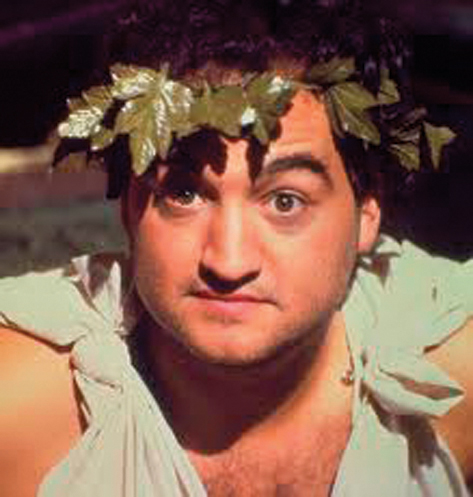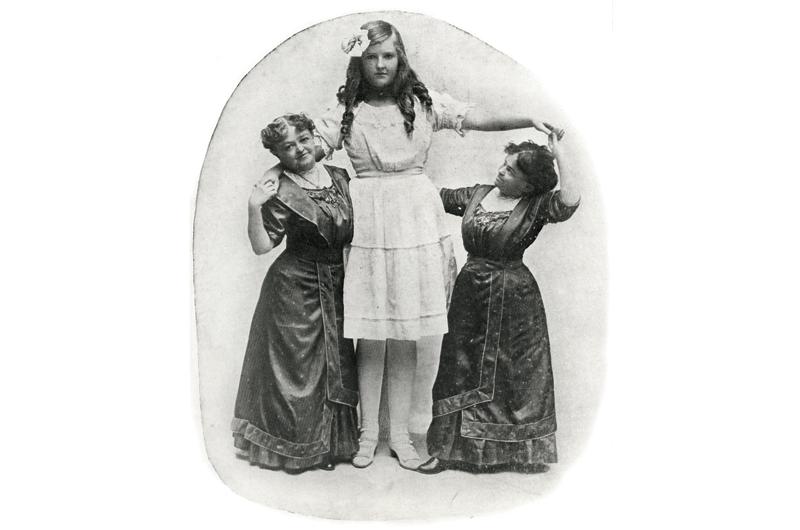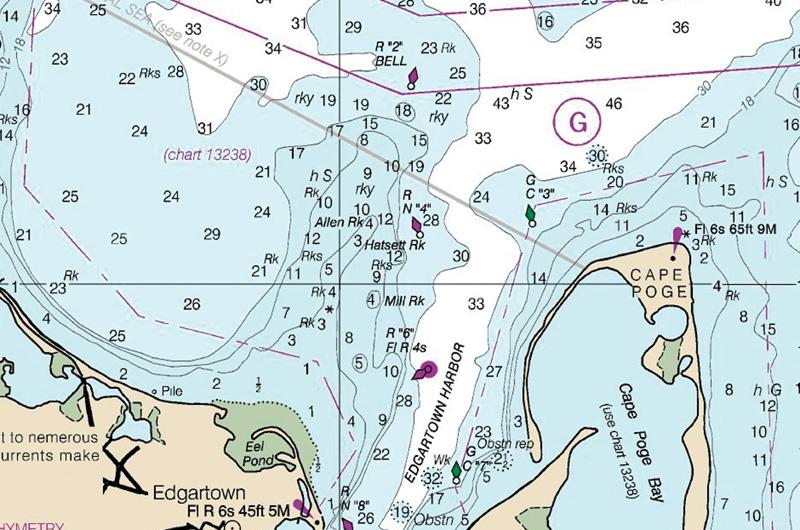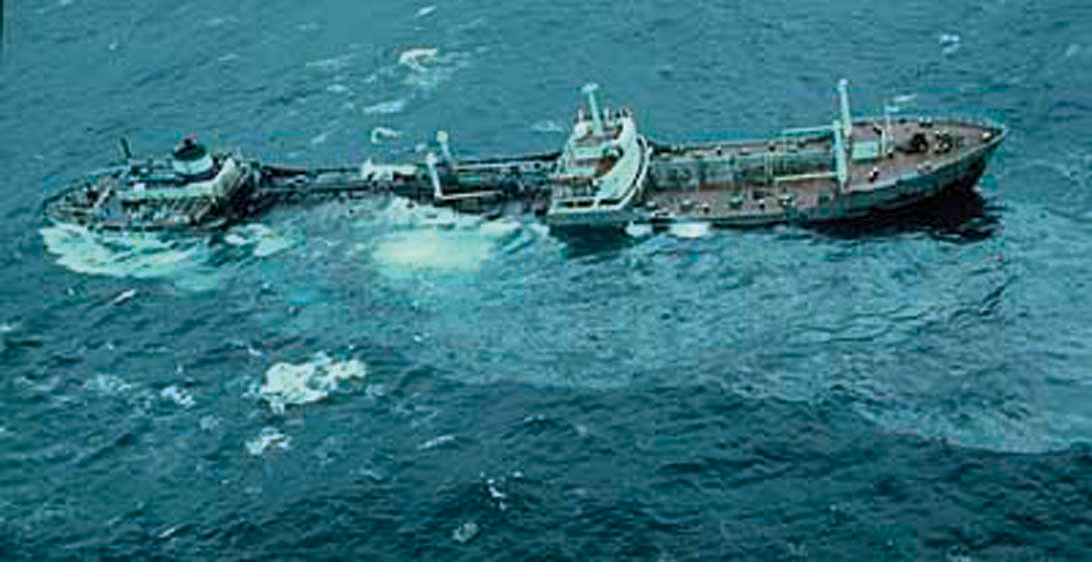 Abel’s Hill: Prominent rise on South Road in Chilmark named in the 1600s for Abel Wauwompuhque, “a peaceful man who loved to sing the psalms” and the brother of prominent Aquinnah Wampanoag sachem Mittark. The hill is where the missionary Thomas Mayhew Jr., son of the first official English colonist on the Vineyard, preached his last sermon in 1657 before disappearing at sea. Nearly three centuries later, in 1942, a monument was unveiled commemorating “the first place of Christian worship in Nashouohkamak, now Chilmark.” Henry Beetle Hough, editor of the Vineyard Gazette, spoke: “Most Islanders have been fond of Abel’s Hill from childhood,” he remarked, “and it is safe to say that the ancient Indians, who had a strong sense of the beauty of places, were fond of it in the same way.” Most Islanders today, however, have never seen the summit of Abel’s Hill or the monument: in the 1960s, landowners on both sides of South Road formed the Abel’s Hill Association with the goal, according to their website, of “preserving the character and quality of the area in the best interest of all property owners.” As was the case in many other formerly informally open parts of the Vineyard, the best interests of the property owners in the second half of the twentieth century came to include prominent “private road” and “by permission only” signs. Most tourists today aren’t looking for the monument to the old missionary anyway, but for the venerated graves of Bluto Blutarski, Samurai Futaba, and Joliet Jake Blues, all of which are in the still-public Abel’s Hill Cemetery under a stone marked John Belushi.
Abel’s Hill: Prominent rise on South Road in Chilmark named in the 1600s for Abel Wauwompuhque, “a peaceful man who loved to sing the psalms” and the brother of prominent Aquinnah Wampanoag sachem Mittark. The hill is where the missionary Thomas Mayhew Jr., son of the first official English colonist on the Vineyard, preached his last sermon in 1657 before disappearing at sea. Nearly three centuries later, in 1942, a monument was unveiled commemorating “the first place of Christian worship in Nashouohkamak, now Chilmark.” Henry Beetle Hough, editor of the Vineyard Gazette, spoke: “Most Islanders have been fond of Abel’s Hill from childhood,” he remarked, “and it is safe to say that the ancient Indians, who had a strong sense of the beauty of places, were fond of it in the same way.” Most Islanders today, however, have never seen the summit of Abel’s Hill or the monument: in the 1960s, landowners on both sides of South Road formed the Abel’s Hill Association with the goal, according to their website, of “preserving the character and quality of the area in the best interest of all property owners.” As was the case in many other formerly informally open parts of the Vineyard, the best interests of the property owners in the second half of the twentieth century came to include prominent “private road” and “by permission only” signs. Most tourists today aren’t looking for the monument to the old missionary anyway, but for the venerated graves of Bluto Blutarski, Samurai Futaba, and Joliet Jake Blues, all of which are in the still-public Abel’s Hill Cemetery under a stone marked John Belushi.

Adams Sisters: Nationally famous entertainers who, after a normal early childhood in Chilmark, stopped growing in their teenage years. In their twenties Lucy Palmer Adams (1861–1954) stood 4'1'' inches tall, while Sarah Butler Adams (1863–1938) was 3'4''. Though known on-Island as talented singers and actors for their performances at church functions, their big break came in 1880 when Lucy was cast as the lead in Little Red Riding Hood in Plymouth and came to the attention of Mrs. Tom Thumb. She signed them up to join the General Tom Thumb Company, a nationally known traveling group of performing little people. After twenty years with various shows, including the Barnum & Bailey Circus and the Lilliputian Opera Company, the sisters retired to book smaller performances on their own through the fall and winter. “Many a church in Rhode Island heard them sing and saw their tableaux and pantomimes representing biblical stories,” reported the Providence Sunday Journal. In warmer months they could be found in Chilmark operating their “At the Sign of the Spinning Wheel” tea room, where they demonstrated carding, spinning, and weaving skills to customers. A car accident in 1930 forced Sarah to retire from performing, and in 1933 the pair sold their Chilmark property and officially retired to the Camp Ground in Oak Bluffs. Sarah died at seventy-five, while Lucy lived to ninety-three. Her secret to longevity? “I don’t touch vegetables,” she told the New Bedford Standard-Times upon turning ninety. “I eat meat and potato with plenty of gravy. I never drink anything stronger than tea or coffee, and I don’t drink them either. My drink is malted milk, three or four times a day.”

Allen Rock: Submerged rock named after an unknown Allen that lies roughly three miles west of Cape Pogue in the vicinity of Hatsett Rock, a submerged rock named after an unkown
Hatsett, and Mill Rock, named after an unknown mill. The rocks, along with numerous more humble shallow spots named simply “rk,” mark the western edge of the channel into Edgartown harbor and are best avoided by keeping the red navigational buoy, or “nun” #4, on your left as you’re leaving the harbor. (Note: Do not use Encyclopedia Vineyardia as a navigational aid.)
Argo Merchant: Liberian tanker that ran aground twenty-seven miles southeast of Nantucket on December 15, 1976, spilling 183,000 barrels of fuel oil. Harsh weather and equipment failures forced the Coast Guard to abandon salvage efforts, and though the worst-case scenario of massive deaths of fish, marine mammals, and coastal birds was avoided, some twenty percent of Georges Bank was at one point contaminated. In an unexpected twist of fate, the wreck was later discovered to have become an artificial reef. “The oil is all gone and there are no signs of any contamination,” Don Ferris, manager and chief instructor of East Coast Divers told the Boston Globe in 1991. “It’s sort of ironic that the wreak has become a home and haven for marine life.”
salvage efforts, and though the worst-case scenario of massive deaths of fish, marine mammals, and coastal birds was avoided, some twenty percent of Georges Bank was at one point contaminated. In an unexpected twist of fate, the wreck was later discovered to have become an artificial reef. “The oil is all gone and there are no signs of any contamination,” Don Ferris, manager and chief instructor of East Coast Divers told the Boston Globe in 1991. “It’s sort of ironic that the wreak has become a home and haven for marine life.”




